The myth of Shiva and Sati is told in different Puranas, such as the Shiva Purana, the Bhagavata Purana and the Kalika Purana. While each purana offers a slightly different version, most of us are familiar with the story.
Sati is devoted to Shiva
Table of Contents
Daksha Prajapati is one of Brahma’s sons, who is responsible for populating the earth. He has 62 daughters, who are given off to different gods and sages in marriage for that very purpose. Sati is Adi Parashakti – the embodiment of the cosmic feminine energy – who is born to Daksha and his wife, Prasuti. She is, therefore, also called Dakshayani. Right from childhood, Sati is devoted to Shiva and can think of no other man to marry. She is persistent in her devotions, even as she blooms into a beautiful young woman. Daksha tries to present the best of princes and gods as suitors to her, but Sati is adamant. She goes so far as to forsake all her father’s palatial comforts and turns into a yogini to appease the ascetic Shiva. Eventually, Shiva is pleased by her tapasya and agrees to marry her.
Related reading: When Lord Krishna taught Arjuna to choose love over vanity
When an elated Sati returns to her father’s house, she finds Daksha still unhappy about her choice of a bridegroom.
He cannot understand or approve of an ash-smeared wandering hermit, who frequents cremation grounds and keeps the lowliest of company.
However, Daksha is forced to agree to the match when Brahma himself intervenes and the wedding is carried out with great pomp.
Related Reading: Sarama Stood By Her Husband Vibhishan But He Married Ravana’s Wife Mandodari
When pride is hurt
Shiva and Sati go to Kailasha and enjoy complete marital bliss for many years, until one day when Sati hears of a great sacrifice her father is about to organise. She is deeply hurt that her husband has not been invited, and despite Shiva’s protests, decides to confront her father. At the venue of the Daksha Yagna, when Sati demands to know the reason for Shiva’s purposeful exclusion, Daksha gives her an earful and insults Shiva and his uncouth ways publicly. The humiliation is too much for Sati to bear, and in great rage and sadness, she immolates herself and becomes the first sati.
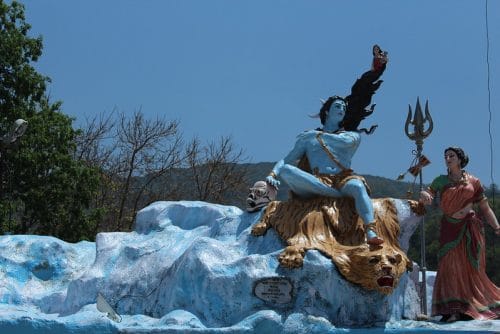
When Shiva hears of the great tragedy, he unleashes the fury of Veerabhadra and his ganas, who destroy and defile the yagna. Then he picks up Sati’s charred corpse and roams the three worlds maddened with grief. With the world on the brink of destruction, Vishnu uses his chakra to cut up Sati’s corpse, so as to enable Shiva to let go and return to his senses. The parts of Sati’s body fall on earth and become the Shaktipeethas; Shiva is calmed down, and reconciled with Daksha. He replaces his father-in-law’s lopped-off head with a ram’s head, the yagna is duly completed, and order is restored in the world.
Related Reading: This Short Story of Yayati Tells Us How Far One Can Go To Fulfill Lustful Desires
The holi tale of Shiva and Sati is relevant even today
Like most mythological stories, this myth of the primal couple is layered with meaning. Among other things, one sees some archetypal personalities and relationships, that are readily found in the world around us.
Daksha Prajapati as the son of Brahma represents the patriarch, who is a stickler for a convention – essentially the khadoos baap of Hindi films. Sati is the pampered princess, and like the Yashraj heroine of yore, represents all that is good and beautiful. But rich girl falls for not just a poor boy, but one that is deviant in every possible manner.

Which king/father would allow his darling princess/daughter to marry a pot-smoking pauper?
But love is love and rebellions take place, including the left of the house, and the marrying despite disapproval.
The reluctant father comes around but not quite. He takes the first opportunity to show who the boss is, but the consequences are disastrous.
Daksha, Sati and Shiva are far removed from each other in terms of personalities, and consequently, clash when they come together. Daksha represents pride in convention and the order of things. Sati is the creative principle, while Shiva is on the opposite end of the spectrum with the power of dissolution. Together, they’re like yin and yang that must come together in order for the wheels of creation to be set into motion.
Related Reading: Draupadi and Krishna – Was It Platonic Love?
Pride must die
When Daksha plays spoilsport and Shakti ebbs, Shiva’s destructive potency is rightfully unleashed. Also, the chopping off of Daksha’s head is symbolic of the annihilation of pride. Reconciliation of seemingly opposite world views is only possible when the ego is removed. Incidentally, Sati or Shakti is also equated with Maya – the illusory force of nature. Daksha as the lord (father) of Maya has his ego easily trussed up, while it has no such effect on the detached yogi, that is Shiva. The love between absolutely contrasting personalities, while possible, is difficult, more so within a conventional social framework. If such a relationship is to work, one must either remove the ego, or it is bound to go up in flames.
Your contribution does not constitute a charitable donation. It will allow Bonobology to continue bringing you new and up-to-date information in our pursuit of helping anyone in the world to learn how to do anything.

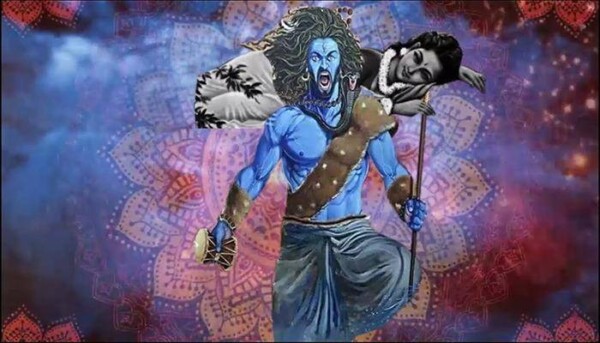



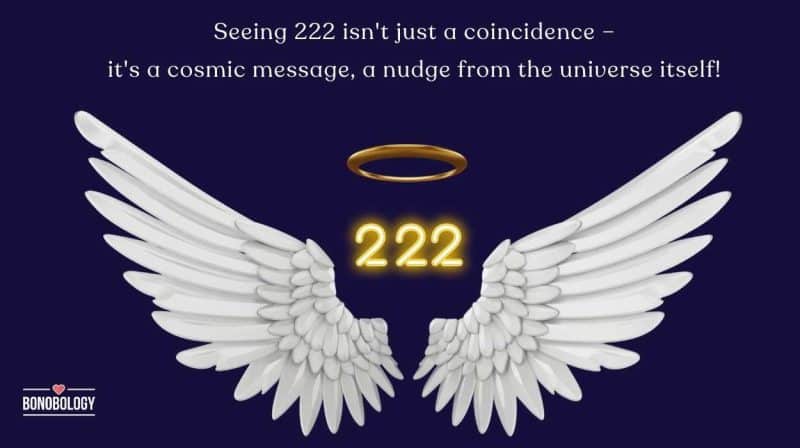
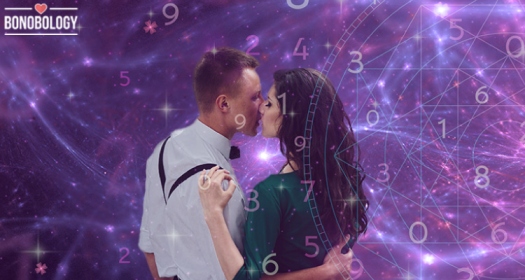
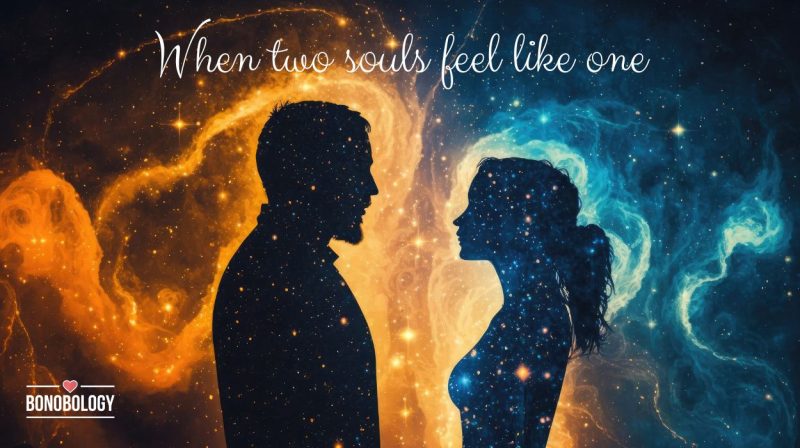

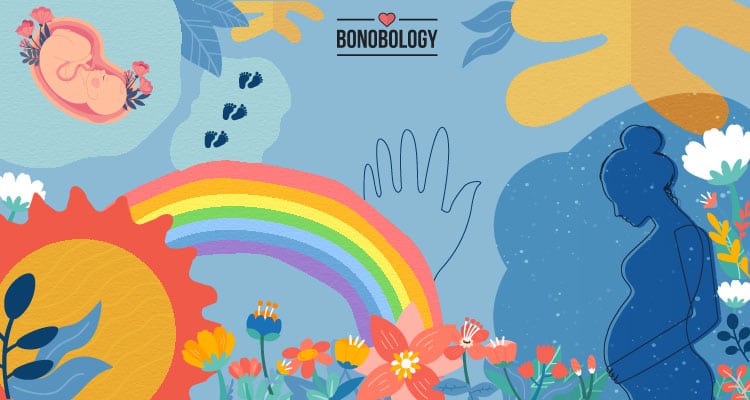

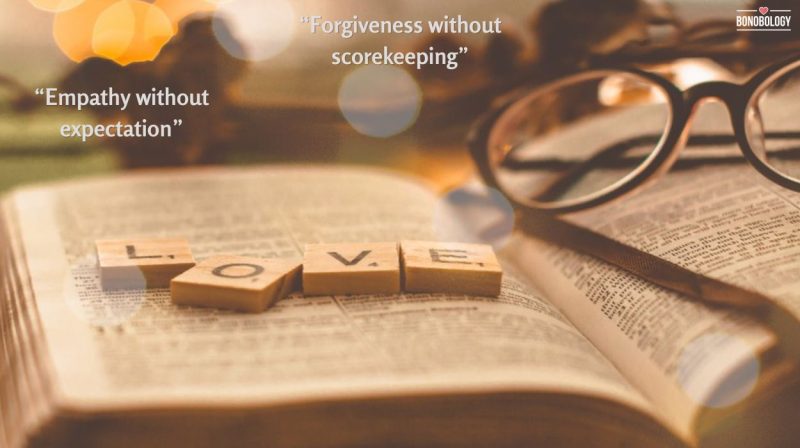



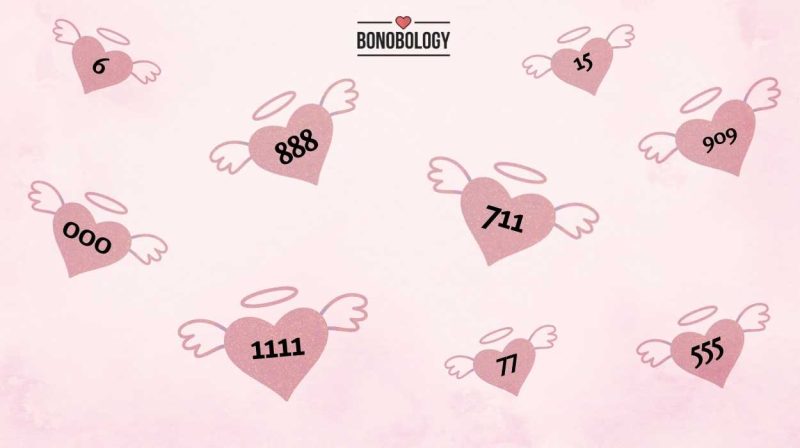



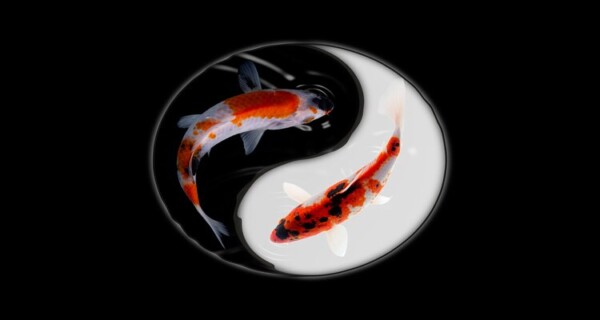



Love Story of Shiva Sati Explained so well – Love between absolutely contrasting personalities, while possible, is difficult, more so within a conventional social framework….
Very well skillfully written… classic is timeless and love is classic…
I have example of my parents… father’s a muslim Moms a rajput… rest just imagine… inspirational story to say the least.